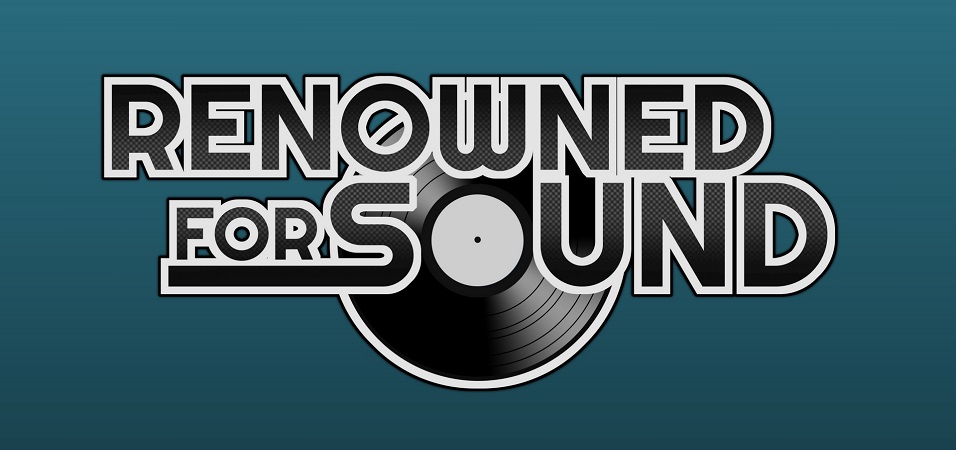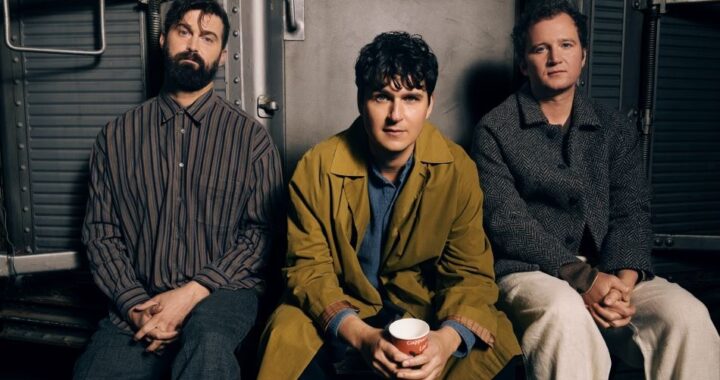Album Review: Gold Panda – Good Luck and Do Your Best
2 min read
2010 was a interesting year for electronic music. Dubstep had just blown up in the US, and the ripple effect of the underground having become mainstream could be felt throughout the electronic music community. Artists like James Blake and Mount Kimble emerged into the spotlight, creating sparse and moody tracks of broken hearts and angst. The darker sounds of post-dubstep permeated the industry, and their influence can still be seen today.
 In spite of gaining his initial success in 2010, Gold Panda doesn’t fit into this movement at all. His debut – Lucky Shiner – was a euphoric hodgepodge of vintage samples played through an MPC, and it sounded delightfully nostalgic, but above all, it sounded happy. Likely due to this, Gold Panda never quite gained the recognition he deserved, and even when he aimed for a darker sound (on 2013’s Half of Where You Live), he felt a few years behind the curve. Good Luck and Do Your Best is a return to the warmth of his early work, and whilst it’s unlikely to make Gold Panda a phenomenon, it’s a great album nonetheless.
In spite of gaining his initial success in 2010, Gold Panda doesn’t fit into this movement at all. His debut – Lucky Shiner – was a euphoric hodgepodge of vintage samples played through an MPC, and it sounded delightfully nostalgic, but above all, it sounded happy. Likely due to this, Gold Panda never quite gained the recognition he deserved, and even when he aimed for a darker sound (on 2013’s Half of Where You Live), he felt a few years behind the curve. Good Luck and Do Your Best is a return to the warmth of his early work, and whilst it’s unlikely to make Gold Panda a phenomenon, it’s a great album nonetheless.
Pre-release single In My Car demonstrates what Gold Panda does best. The string-and-percussion lead melody resembles the endlessly catchy hook of his first single – You – but feels slowed down and lurching. His samples are drenched in filters and vinyl crackle, and sound sweet and inviting, in spite of their nervy funkiness. The vocal samples he uses sound genuinely soulful in a way few instrumental compositions do, and the effect is comforting, without becoming boring. Song For A Dead friend explores more complex emotions, contrasting jittery and syncopated digital percussion with sombre keyboards, creating the impression that the track is always one beat from falling apart. It’s tense and moving, and is some of Gold Panda’s best work yet.
Time Eater is similarly interesting. The track is built around struck strings, drawn from traditional Japanese music (apparently the album was inspired by several trips to Japan), and richly textured, but punchy percussion. Haylards is centred around slowed-down vocal chops, delayed bells, and a groovy main beat. Like many of the best tracks on the album, the song is moving-yet-danceable, showing that Gold Panda is at the peak of his powers.
Good Luck and Do Your Best has no real specific weak elements, although upon reaching the end of the album, it can feel somewhat slight. Due to the consistently downtrodden mood and efficient song-structures, the record feels somewhat short and lacking in dynamism, and could have used a few extra tracks to explore different moods. Nonetheless, the tracks that are on Good Luck and Do Your Best are uniformly excellent, and will only get better with time.



